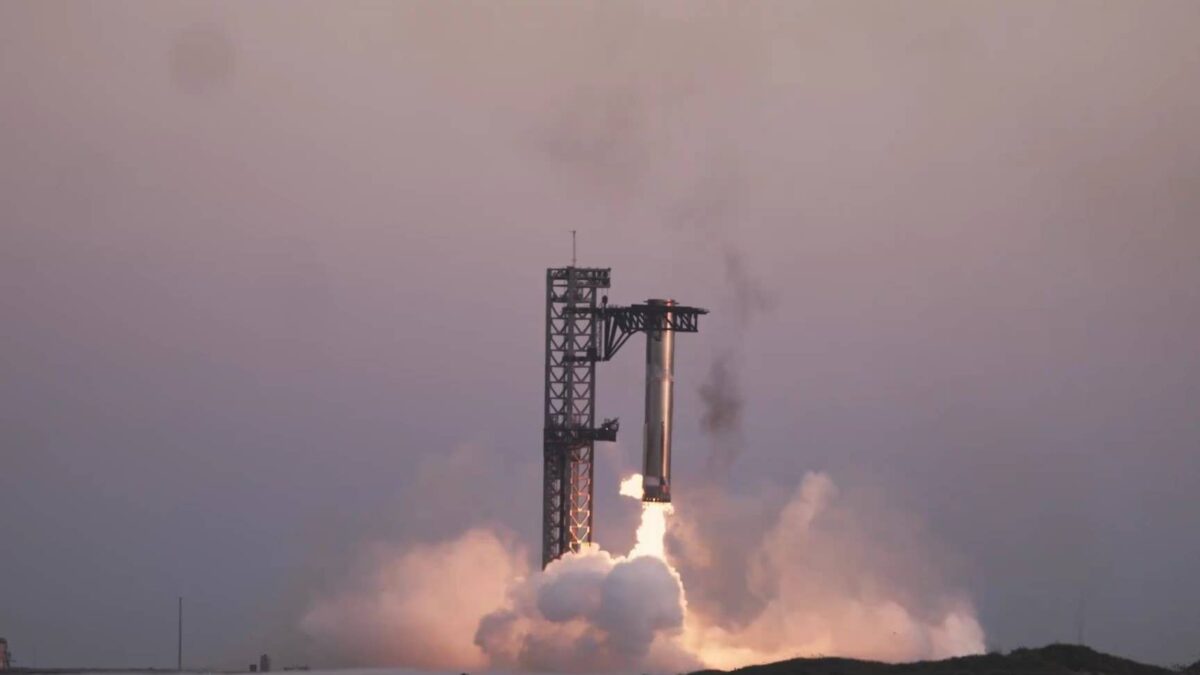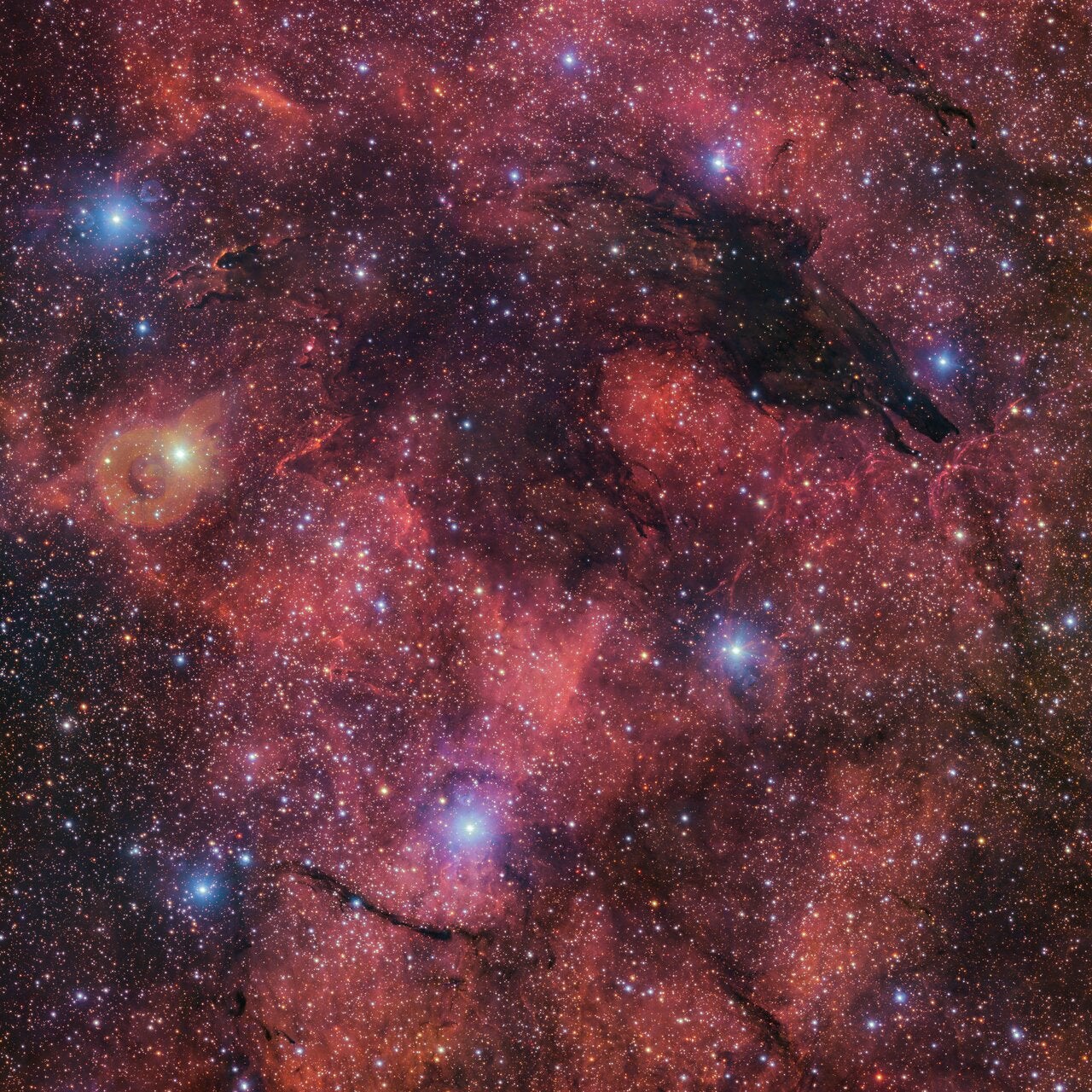
SpaceX will attempt to repeat the historic booster capture maneuver performed during the previous test flight of Starship and Super Heavy. Credit: SpaceX
SpaceX has the green light from the FAA to launch further test missions of its colossal Starship spacecraft, the largest and most powerful rocket to ever fly.
The aviation regulator last week issued SpaceX an amended Part 450 launch license, allowing the company to conduct more Starship and Super Heavy booster missions according to the configuration and mission profile they will use in their upcoming seventh test flight.
“This license change we are issuing is well ahead of the Starship 7 flight launch date and is another example of the FAA’s commitment to enabling safe space transportation,” said Kelvin Coleman, FAA associate administrator for the commercial space transportation, in a statement dated December 17. declaration.
The agency has been criticized by SpaceX and U.S. lawmakers in recent months for what they say are unnecessary delays in the Starship test program.
For Flight 7, Starship and Super Heavy are scheduled to launch from SpaceX’s Starbase launch pad in Boca Chica, Texas. The spaceship will fly about halfway around the globe and land on water in the Indian Ocean. Super Heavy, meanwhile, will return to the launch site, where SpaceX will attempt to capture it as it slows due to supersonic speed.
The mission profile is similar to the last two rocket and booster test missions. These also included attempts to capture Super Heavy using a pair of metal rod arms attached to the Starbase’s launch tower, which SpaceX calls the “Mechazilla”. The company managed to successfully complete the unprecedented maneuver on the first attempt, but aborted the second attempt.
Capturing and returning both Starship and Super Heavy to the platform is critical to the vehicle’s reusability, which SpaceX says will allow it to be launched up to 25 times per year. The spacecraft will need to fly as often as possible to meet test goals set by NASA ahead of the Artemis III lunar landing, which will mark the return of American astronauts to the Moon for the first time since the Apollo era.
As early as mid-2027, a Human Landing System Starship (HLS) will deposit the crew at the lunar south pole, where they will explore the region’s dark craters for water ice. Before then, though, SpaceX will have to demonstrate a few other key maneuvers and send Starship on a test mission to the moon.
According to documents shared with the FAA by NASA, SpaceX is targeting January 11 for the Flight 7 launch. The space agency has requested an exemption that would allow its specially equipped Gulfstream V to collect high-resolution thermal images while the spaceship reenters the atmosphere. To capture it, NASA would require the spacecraft to turn off all lights and land when the sun has set.
For Flight 7, the FAA also added two new exceptions for test-induced damage, which allow SpaceX to avoid an accident investigation even when some Starship components fail during a mission.
Previously, exceptions included the failure of the spacecraft’s heat shield during high heating, its flap system during high pressure, and its Raptor engines during the spacecraft’s landing fire. The new additions allow for failure of the Raptor engines during an in-space combustion demonstration – like the one SpaceX performed on Flight 6 – and of the Super Heavy’s systems after the booster capture attempt.
SpaceX thwarted FAA investigations following Starship’s first three flights by temporarily grounding the rocket, but has not had any accidents since.
Editor’s Note: This story first appeared on Fly.

